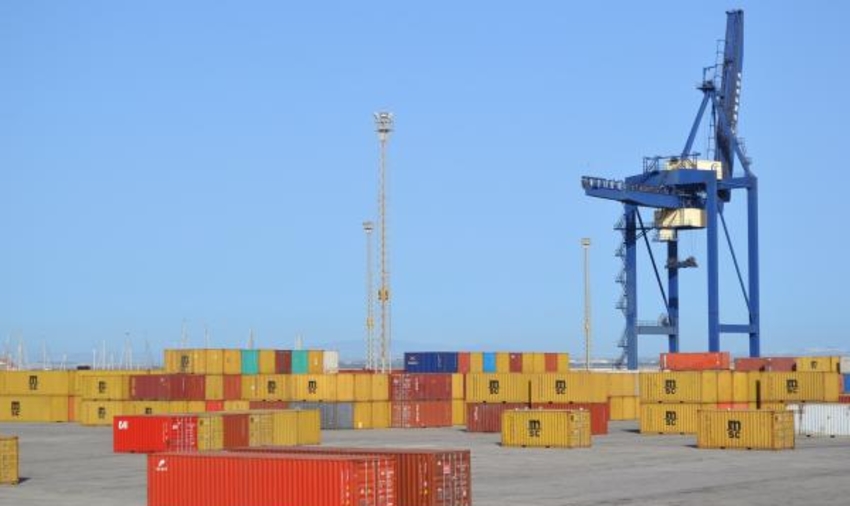The HETMAT project

 Container Terminal in Cadiz, Spain
Container Terminal in Cadiz, Spain
International trade and firm heterogeneity
Accounting for firms’ heterogeneity in trade patterns is probably the most important innovation of the field of international trade that occurred during the last decade. The impact of initial papers such as Melitz (2003) for theory and Bernard and Jensen (1999) for the empirics is so large in the field that it is usually considered to have provoked a radical change in paradigm. Apart from providing a convincing framework for a set of empirical facts, the main initial motivation of this new modelling paradigm was that there are new gains to be expected from trade liberalization. Those new gains come from a selection process, raising aggregate productivity of the opening economy through the reallocation of output among heterogeneous firms. It initially seemed that the information requirements for trade policy evaluations had become much more demanding, in particular requiring detailed micro data.
The “exact hat algebra” revolution
However, the recent work of Arkolakis et al. (2011) suggests that a small number of aggregate "sufficient statistics" may be all that is needed to compute the welfare changes associated with trade liberalization experiments. More, they show that those aggregate statistics are the same as the ones needed to evaluate welfare changes in models with representative firms. Hence, heterogeneity would not matter for what is probably one of the most important questions in trade: How does trade liberalization change welfare?
The three parts of the project
- The first one will start by showing that the sufficient statistics approach relies crucially on a very specific distributional assumption on firms’ heterogeneity, the Pareto distribution. When distributed non-Pareto, heterogeneity does matter, i.e. aggregate statistics are not sufficient to evaluate welfare changes and predict changes in trade patterns.
- The second part of the project focuses on specifying which type of firm-level heterogeneity matters. The literature has almost entirely concentrated on differences in productive efficiency, although in many cases, product quality might be more relevant in the competition on international markets. Of particular importance HETMAT shows how to identify which sectors are characterized by the classical "productivity sorting" and in which ones "quality sorting" seems more relevant.
- Extending the model so that firms are able to produce and export multiple products, the third part of the project will show that heterogeneity inside the firm also matters for welfare changes following trade shocks. It will consider how the change in the relative sales of different products sold by the firm, following trade liberalization alters the measured productivity of the firm. This mechanism might provide a new source of gains from trade, that arises within each firm in addition to the gains from inter-firm selection which are the usual focus of the literature.
The team
Keith Head (University of British Columbia), Marc Meltiz (Harvard University), Gianmarco Ottaviano (London School of Economics), Philippe Martin (Sciences Po), Mathias Thoenig (University of Lausanne) and Isabelle Méjean (Ecole Polytechnique) will be part of the scientific team.
Funding
This project has received funding from the European Union’s Seventh Framework Programme for research, technological development and demonstration under grant agreement no. 313522.









